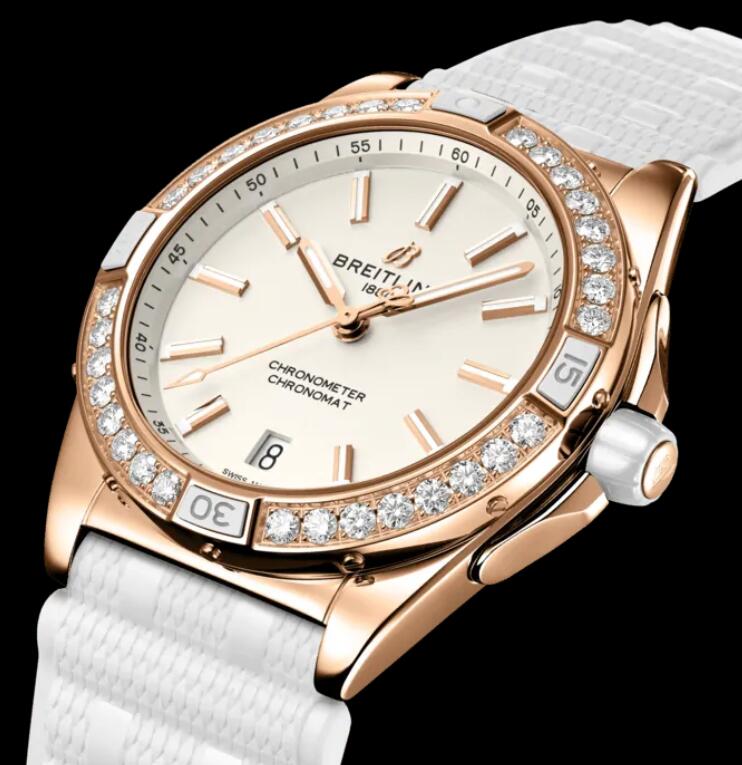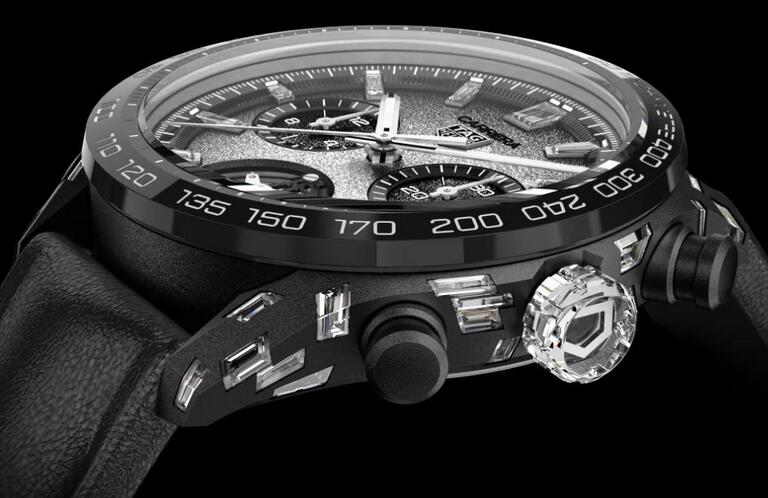As more perfect replica watches brands embrace the alchemy of diamonds grown in a laboratory, Robin Swithinbank says the value and romance deficit in a man-made gemstone will have luxury buyers digging in the dirt.
If you’ve come across the illusory truth effect, you’ll recognise the theory that the more familiar we become with a false idea the less likely we are to believe it’s wrong.
Framed in 1977 by researchers at the Villanova and Temple Universities in Pennsylvania, it suggests that even if, at first, we are inclined to see a falsehood in a statement, upon hearing it several more times, we will steadily become inured to it.
How susceptible we are depends on our gullible gene. Actually, it doesn’t. But you get the point.
Over the years, advertisers, news outlets, would-be saviours and, of course, arch-propagandists have leveraged the illusory truth effect.
Recent history throws up numerous alarming examples involving Vote Leave Brexit buses making grand money-saving promises, a run on Washington’s Capitol Building and that naughty Theranos fraudster Elizabeth Holmes.
In AAA UK fake watches, to come to a point, the stakes always seem lower and, of course, they are. But they’re no less real.
The Swiss Made stamp is riddled with illusion: as even low-level horological aficionados will know, a mere 60 percent of high quality replica watches’ value has to be added inside Helvetian borders before it can carry those two precious words.
That may only cover labour.
What this means for lab-grown diamonds, which are creeping into the watch industry via Breitling and perfect TAG Heuer fake watches, is as yet unclear.
Some of what’s being said will no doubt be true. Some of it may only appear to be true. And still more of it we may simply want to be true.
If I might explain. Despite being grown by a machine, lab-grown diamonds are, so far as I’ve been able to determine, anatomically indistinguishable from Earth-mined diamonds of the same grade.
Spawned over a period of a few weeks (instead of billions of years) in a rage of heat, pressure, gas and carbon, a lab-grown diamond looks, feels and who knows, might even smell the same as a natural stone.
Science is quite something, isn’t it?
But after that, the story gets a bit murkier. Lab-grown diamonds, some claim, are more traceable and more environmentally friendly than their natural equivalents, which sounds right because these are the sort of things the luxury-buying members of the Greta generation really want to hear.
And it can be true, too.
But traceability only works if every party in the supply chain is playing ball.

Organisations like SourceMap, which is employed by luxury Breitling replica watches to document the trail left by the diamonds it’s now introducing into its watches, do indeed appear to illuminate the path of some lab-grown diamonds.
But not every brand selling products with man-made gems is so transparent.
What then for luxury watch brands dabbling?
2023 Breitling copy watches, as we know, doesn’t appear to be dabbling. It’s gone all in. It says that by the end of next year, it’ll only be using lab-grown diamonds.
Honourable, sure. But good business?

TAG Heuer, to its credit, has made no mention of sustainable practices in its lab-grown diamond fake watches shop, the GPHG-nominated Plasma, which we can assume means there aren’t any.
But the volumes here are tiny. Instead, it positioned its watch as art, a playful piece that made a virtue of the creative freedoms growing diamonds in a lab provides.
Fair enough, although even then, the premium buyers are being invited to pay for this (well north of a quarter of a million quid, reportedly) feels precipitous.
So, what’s the theory?
At launch last year, top Breitling super clone watches chief executive Georges Kern made it clear to me he thinks that in 10 years’ time, lab-grown diamonds will be the norm in luxury because that’s what the next generation wants, and it’s what they’re telling us we should want, too.
Maybe so.
And if so, putting cheap Breitling replica watches out front ahead of the chasing pack would be a smart play.
But, if the romance deficit kicks in, it could also condemn it to the role of mid-tier player; the Pandora of the watch world, which we know neither Mr Kern nor his backers want.
To get to the future he predicts, human nature will have to change.
We want what we can’t have, a principle on which luxury has always functioned. And as lab-grown diamonds become more ubiquitous and less expensive, lustful eyes will instead be lured towards the rare stones dug out of the ground.
No? Well, think of it this way: a diamond says I love you or, if self-bought, that I love myself and I’m worth loving.
Is that love rare and formed over billions of years? Or of the off-the-shelf, robot-made, cost-effective, chemically enhanced variety?
I’m under no illusion. And I’ll wager that even if the mantras are repeated ad infinitum, luxury consumers won’t be either.
